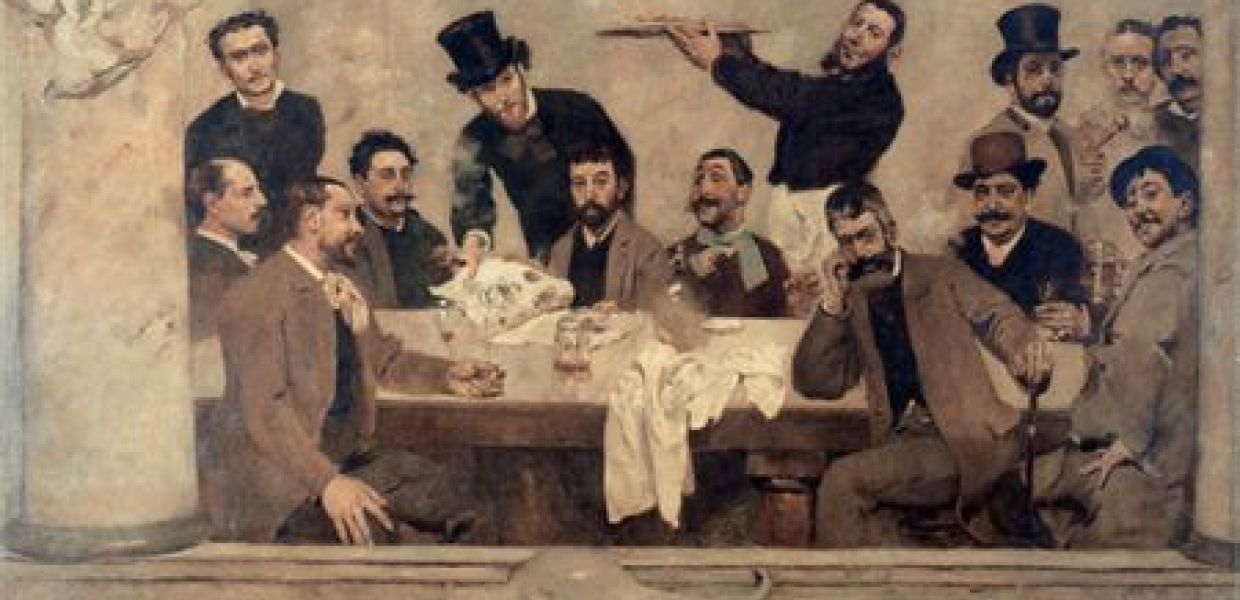Choosing a country's artworks for Europeana 280: Portugal

Ministries of culture together with museums and galleries all over Europe have been busy selecting their top artworks for the Europeana 280 collection. Over the next weeks we'll be discovering a little bit more about how and why particular images were selected and the stories behind some of the choices.
Here, Europeana 280's Exhibition Coordinator Ann Maher looks at highlights in the nominations from Portugal. We’ll start sharing the nominated works from each country soon - so stay tuned!
In Portugal, the Director-General of the Directorate-General for Cultural Heritage (DGPC) was responsible for the selection of all pieces of art for the Europeana 280 campaign, including paintings, manuscripts and gravure from eight museums, libraries and archives.
Like many other countries, Portugal has nominated art that reflects different times in its own national history, including the era when its fleets sailed out to create one of the world’s first (and largest) global empires.
In the ‘Age of Discovery’, from the 15th to 18th centuries, extensive overseas forays had a powerful impact on many European cultures. Portuguese explorers journeyed down the coast of Western Africa, to the Cape of Good Hope, they discovered a new sea route to India, they reached Brazil, and in the 16th century, China and Japan.
A selection from the Museu Nacional de Arte Antiga, Lisboa provides a link to those days of epic journeys in a painting curator Maria João Vilhena describes as: “A major work of highly symbolic importance in Portuguese culture and a unique ‘group portrait’ in the history of European painting.” Six panels with 58 figures, attributed to Nuno Gonçalves (active 1450-1491), royal painter of King Alfonso V, show a solemn and monumental gathering of representatives of the Court and the various strata of Portuguese society at the time. The figures are grouped around two depictions of Saint Vincent, in an act of veneration of the patron saint, the inspiration behind the military expansion in the Maghreb [in Africa].

The Lion's Group – a set of artists, writers and intellectuals – regularly met in a Lisbon downtown restaurant called Leão de Ouro to discuss aesthetic issues and naturalism. Painter Columbano Bordalo Pinheiro, an artist nominated by Portugal for Europeana 280, is the man with a top hat on his head, beard and spectacles, posing with a stick under his arm, seemingly about to leave the scene. Image: O Grupo do Leão, Columbano Bordalo Pinheiro, Museu do Chiado-Museu Nacional de Arte Contemporânea, CC0.
At the beginning of the 19th century, it was Napoleon who was on the march for new territories. Conflicts on Iberian soil are reflected in a nomination from the National Library (Biblioteca Nacional de Portugal / Museu Nacional de Arte Antiga). An engraving by Gregório Francisco de Queirós, after a composition by Domingos António Sequeira, reflects the time of the Peninsular war when the city of Lisbon provided a soup kitchen for those who had fled from invading French forces.
But by the late 19th century, Portuguese painters, along with many other artists in Europe, were absorbing France’s artistic forces. The selection from realist Columbano Bordalo Pinheiro from the Museu Nacional de Arte Contemporânea do Chiado, was exhibited at the Salon de Paris in 1882. After his return to Lisbon, he was a lecturer at the school of fine arts, became a director of the museum of modern arts, and was fully engaged in intellectual and republican circles. He was commissioned to produce three official portraits of the first Presidents of the Republic and was also on the committee responsible for deciding on the design and colours of the Portuguese national flag.
A more contemporary Portuguese in Paris is abstractionist Vieira Da Silva who was born in Lisbon but adopted French citizenship in 1956. In her early travels (her father was a diplomat), she was exposed to many artistic influences. The selection from Centro de Arte Moderna - Fundação Calouste Gulbenkian illustrates the transforming power of culture, according to curator Rui Afonso Santos in the description for this image: “The title of this magnificent painting [A Biblioteca em fogo] is, in a certain sense, metaphorical, and may allude to the burning of the Library of Alexandria and, above all, the passion and firing of the imagination and reason that reading awakens”.
Whether we are making journeys into our souls, or remembering voyages to the other side of the world, we hope to make many other discoveries in Europeana 280.
